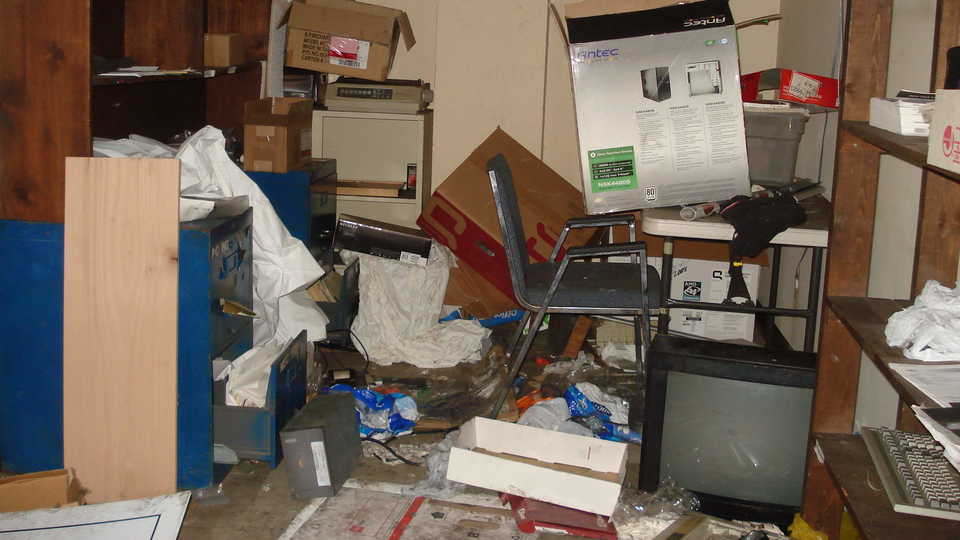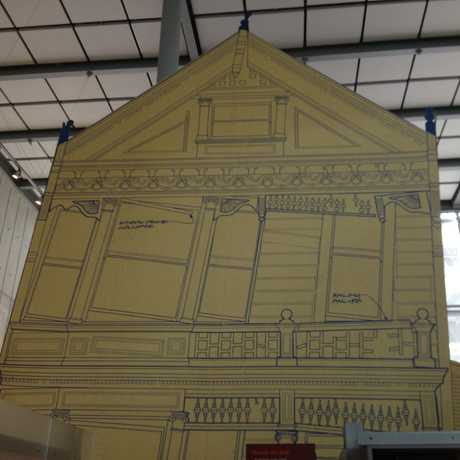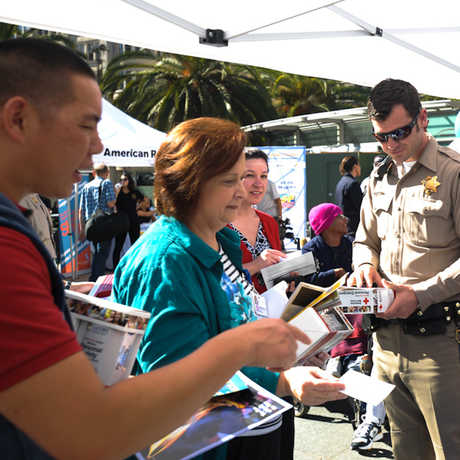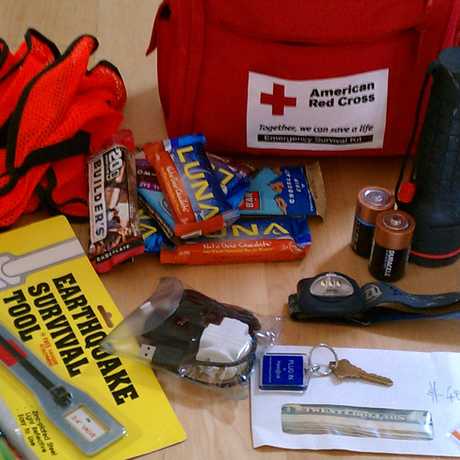Find out what you can do right now to protect yourself in the event of an earthquake. You'll be happy you did.
Science News
Earthquake Preparedness: Kit Storage

We’re marking the 25th anniversary of the Loma Prieta earthquake this week by offering up some quick tips for earthquake preparedness. Today, we want to give you some ideas about where to put your earthquake kit. (Yesterday’s post offered suggestions for the contents of that kit.)
Everyone’s living situation is different, so the US Geological Survey suggested that we check in with Thor Poulsen of the Bay Area Earthquake Alliance to get some best practices.
- Don’t place all of your eggs in one basket, Poulsen says. Split up items into a couple of different locations. This is for two reasons: one container of items can get too heavy to move; and different areas can suffer different levels of damage in a large quake. (Also, don’t forget a kit for your car!)
- Use gravity and place items up high. Placing kits on a high shelf means that they won’t get buried, and if they fall off from shaking, they’ll land on the top of the pile.
- Use see-through plastic storage containers for all items except water.
- Store water in a closet, in a dark container to keep cool and fresh.
- High storage in closets and garages is good in general—just make sure to stay away from glass and chimneys.
- Storing items outside in a container is also a great idea, if your yard allows, but make sure to use the two-and-a-half rule, Poulsen says. The container (light enough to carry, remember) needs to be at a distance 2.5 times the height of the building.
Poulsen also has a good suggestion about storing bottled water. Reuse soft drink bottles to fill with tap water, he says. The plastic is much more durable than in water bottles (made to withstand carbonation). And tap water is treated with chemicals that ensure the water will last longer—up to two years, but it’s recommended that you change out the water every six months. See yesterday’s post for the amount of water you should store.
Image: Tom Magliery/Flickr


